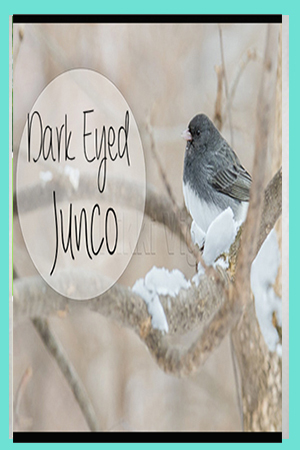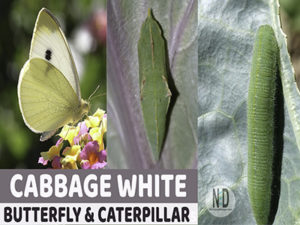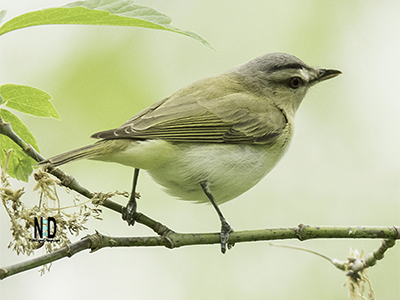American Redstart
The American Redstart is a warbler that can be found traveling through Wisconsin in the spring fleeting from tree to tree. The male and female have a different appearance but both have relatively long tails for warblers.
In Wisconsin you can start looking for the American Redstart from the earliest being the end of April, with larger numbers the first and second weeks of May. The birds will stay with us until the last week of August going into the second week of September.
Warbler Diversity: The American redstart is just one of many warbler species found in North America. Warblers are known for their diverse and colorful plumage, making them a favorite among birdwatchers.
The American Redstart

| Species: | Setophaga ruticilla |
|---|---|
| Family: | New World Warblers |
| Size: | 11 to 14 cm (4.3 to 5.5 in) |
| Origin: | Migratory |
| Breeding: | Throughout North America in open woodlands or scrub. |
| Feeds On: | Insects, berry or seed |
Male American Redstart

The male American Redstart is all black with orange patches on the belly, wingbar, and tail.
The bird has a relatively long tail.
Female Redstart

The female Redstart looks very different from the male.
The female has a gray head with a white stomach, yellowish-orange in front of the wing, on one wing bar, and a yellow band on the tail.
Young males resemble the females but are variously intermediate, the yellow often tinged with orange
Male Redstart In Tree
2.0 Generic (CC BY 2.0) gailhampshire
Breeding
Breeding Grounds: During the breeding season, American redstarts are found in various habitats, including deciduous and mixed woodlands. They prefer areas with a dense understory and are often associated with streamside habitats.
Nesting Habits: The female redstart builds a cup-shaped nest on a horizontal branch, typically well-hidden in dense vegetation. The nests are compact and well built out of grasses, strips of bark, and various hemp-like threads, thoroughly interwoven, often held together by spider webs and caterpillars’ silk, and commonly lined with fine grass and sometimes a few horse hairs.
The female normally spends a greater deal of time incubating the eggs than a male. However, both parents will take turns feeding the young.
The birds fledge, approximately 9 days after the first egg is laid. Fledglings can stay with one parent for weeks after fledging.
| Habitat: | Open woodlands or scrub, near water |
|---|---|
| Nest Shape: | Cup Shaped Nests |
| Eggs: | 2–5 eggs white, greenish-white, or grayish-white, speckled with brown and lilac |
| Incubation: | 10 to 13 days |
| Fledging: | Young fledge after about 9 days |
Nesting begins from the middle to the end of May, and nests with eggs appear to be most abundant during the first week in June. Rarely is the nest more than twenty feet from the ground, the great majority not even ten feet up.
The nests
Redstart Photos



Song and Calls: The American Redstart is known for its musical and high-pitched song. The male’s song is described as a series of high, sharp notes. They also have a variety of calls, including a distinctive “tseet” or “seet” call.
Sharing Is Caring. Pin Me

Population and Conservation: While the American redstart is not currently considered globally threatened, like many migratory songbirds, it faces challenges such as habitat loss and climate change. Conservation efforts are crucial to maintaining healthy populations of these and other migratory species.
Observing the American redstart in its natural habitat can be a rewarding experience for birdwatchers, given its striking appearance and unique behaviors.
Additional Posts












Additional Wisconsin Birds:
AFFILIATE POLICY: Posts on this site may contain links to outside vendors that pay me a commission when you purchase from them, at no additional cost to you. Thank you for supporting this site!












